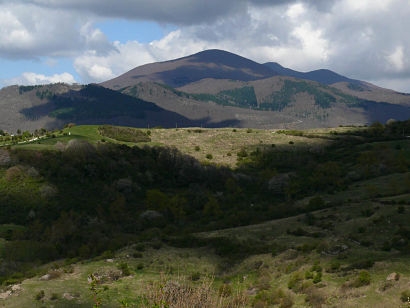
The European Parliament discussed the environmental impact of geothermal energy after the issue was raised by Italian MEPs. A scientific paper has now investigated the matter in more depth, concluding that “partial or incorrectly provided information represents a serious threat to geothermal development”.
The evidence presented to the European Parliament related to the case of Mount Amiata, a volcanic area rich of CO2 naturally degassing from soil, and mined for centuries in search of mercury. The facts that were used to present this case study as definite proof of environmental impact caused by geothermal energy development were, however, widely incorrect.
The paper “Environmental and social aspects of geothermal energy in Italy”, published in January 2018 on Geothermics, provides in fact a comprehensive description of the Italian case, analysing the effects of geothermal development on air, water, and soil, and investigating potential disturbance from noise, subsidence, and seismicity, as well as the visual impact on the landscape.
It concludes that attention to the environment, to reducing the potential impact of geothermal energy, and to ensuring safety are fundamental in Italian environmental policies. In fact, in consideration of the strategic role played by geothermal energy, both the government and local administrations have enforced a comprehensive legislation, that provides guidelines for the safe exploration, operation, and management of geothermal resources.
In Tuscany, where all the operational Italian geothermal power plants are located, the regional government implements strict controls on the environmental aspects, through the application of the most advanced mitigation techniques and the periodic environmental monitoring and quality check.
The evidence presented in the paper could help combat the fragmentation of information and finally encourage a constructive dialogue between experts and non-experts.
Image: Monte Amiata, Tuscany
For additional information:

